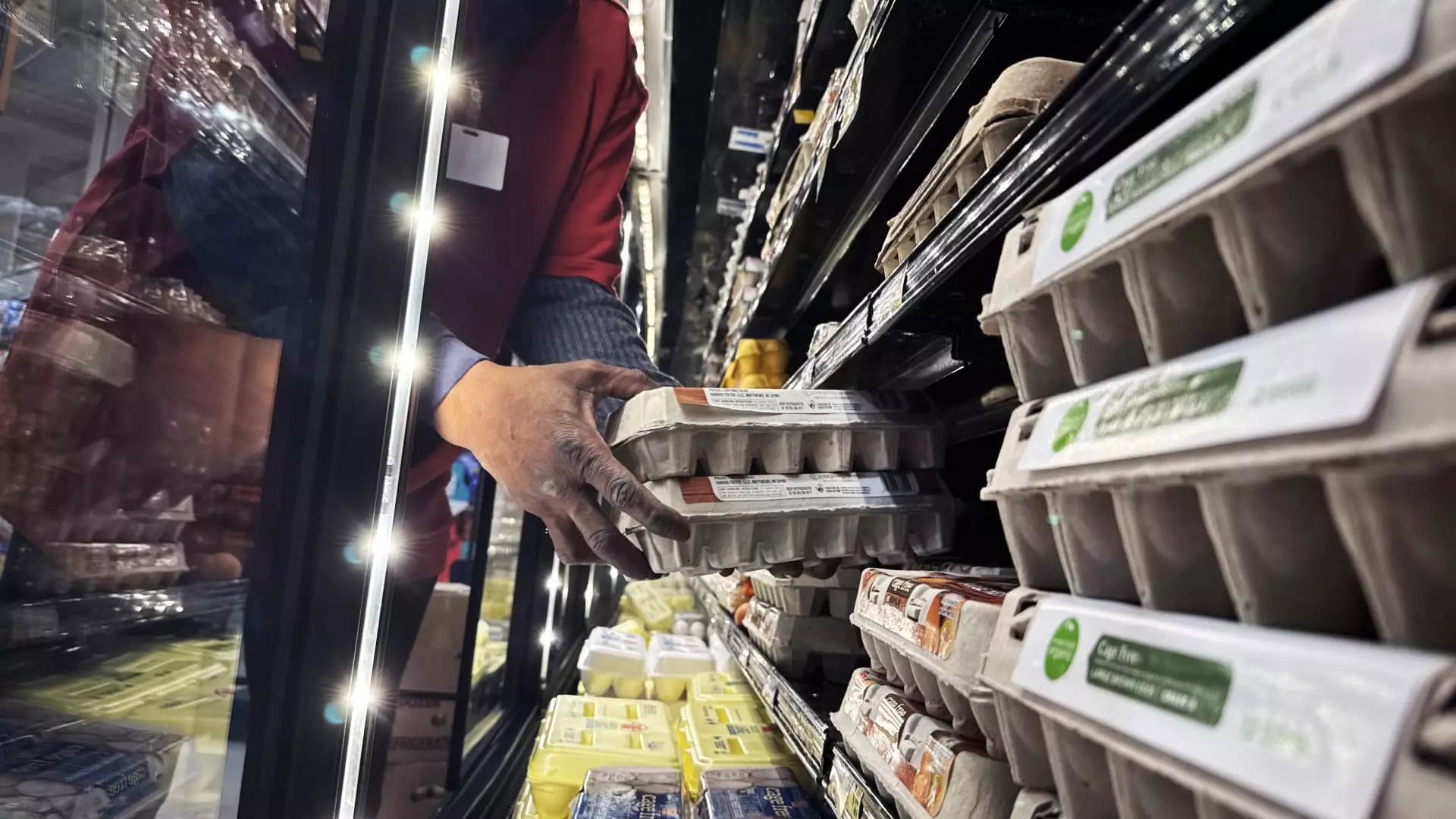In a climate where prices continue to soar, the term “sticker shock” has become synonymous with the American consumer experience. A comprehensive report from Wells Fargo reveals that an astonishing 90% of adults across various income brackets are grappling with unexpectedly high prices for everyday items. Whether it pertains to a simple bottle of water, fueling their vehicles, or indulging in a night out, Americans are uncovering costs that can be 55% to as high as 200% more than their anticipated figures. This phenomenon doesn’t discriminate; regardless of financial standing, consumers are finding it increasingly difficult to navigate the inflated economy.
The pandemic has dramatically altered consumer behavior, forcing many individuals to recalibrate their expectations regarding spending and value. As the purchasing power of the dollar dwindles, so too does consumer confidence. Trend analyst and advisor Michael Liersch from Wells Fargo indicates that as consumers face this disconcerting reality, their habitual spending patterns are subject to change. Expecting a gradual adjustment, he emphasizes that over time, individuals may adapt their financial strategies and expectations to better align with the new normal.
Interestingly, while the overall growth of credit card debt hit a new peak recently, the acceleration of this debt has begun to slow down. This trend signifies a noteworthy shift; many consumers are learning to manage their finances without over-reliance on credit. According to Charlie Wise, TransUnion’s senior vice president, it seems that individuals are gradually adjusting to the new cost landscape, shaping behaviors that reflect a greater awareness of inflation’s implications.
Nevertheless, the looming threat of tariffs, particularly those proposed by the Trump administration on imports from Canada and Mexico, introduces an added layer of uncertainty. Experts warn that these tariffs, set to kick in March, could exacerbate costs for essential goods, including food products that are already experiencing significant price hikes. Statistics from the Bureau of Labor Statistics highlight that grocery prices have surged by 28% over the past five years, intensifying concerns about affordability.
As economic concerns mount, consumer confidence appears to be waning. Insights from the Conference Board’s consumer confidence index revealed a notable drop in confidence levels in February, marking the steepest decline since August 2021. Concurrently, the University of Michigan’s sentiment index recorded similar apprehensions, as many consumers anticipate potential inflationary pressures resurging.
Navigating Financial Challenges: Tips for Consumers
Navigating this turbulent economic landscape calls for proactive financial planning. As outlined by Andrea Woroch, a savings expert, establishing a detailed spending plan is paramount. By meticulously tracking expenses across varying categories, individuals can identify unnecessary costs and prioritize essential spending. Mapping out a collective financial blueprint enables consumers to cut back on non-essential purchases and can assist in preparing for anticipated price increases.
Another recommendation is to recognize behavioral triggers that lead to impulsive spending. For example, if an individual finds themselves frequently lured by sales alerts from their favorite retailers, unsubscribing from these communications may help mitigate impulse purchases. By curbing these temptations, consumers can regain control over their finances, thereby reducing the anxiety associated with rising prices.
Woroch emphasizes that enhancing spending control leads to a significant reduction in the stress connected with financial struggles. As consumers become more intentional and strategic in their financial decisions, there is potential for a more resilient savings culture to emerge.
Ultimately, the road to financial stability amid escalating prices will be paved with adjustments and learning. It is evident that while immediate reactions to rising costs may involve discomfort and frustration, understanding and adapting to the economic landscape can empower consumers to navigate these challenges with greater efficacy. Over time, as behavioral shifts take hold, the collective financial narrative can transform, reflecting a more strategic and aware populace ready to tackle financial pressures head-on. As the economy continues to evolve, resilience and adaptability may define the future of American consumer behavior.


Leave a Reply